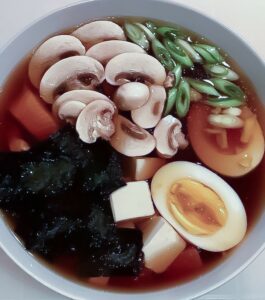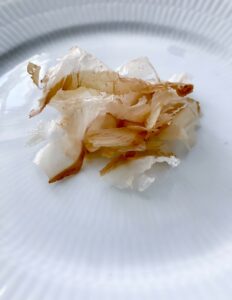This ebook takes you on a culinary experience filled with a wide variety of delicious vegetarian Japanese noodle soups.
If you love Japanese food or want to explore vegetarian cuisine, this ebook will guide you through five authentic and flavorful recipes that celebrate the art of traditional Japanese noodle soup.
Created with passion for Japanese food, this ebook offers exciting and flavorful vegetarian alternatives to classic Japanese noodle soups. Each recipe includes step-by-step instructions, ingredient lists and helpful tips to ensure your home-cooked meals are a success.
Ebook: 5 Vegetarian Japanese Noodle Soups for One is your guide to exploring and enjoying the authentic Japanese culinary tradition. Grab your chopsticks and prepare to embark on a flavorful journey filled with fragrant broth, fresh vegetables, and satisfying noodles!
All recipes are made for 1 person
Read more about Mini ebook: 5 Vegetarian Japanese Noodle Soups for One
_
Zoë has held sushi courses and cooking classes for A. P. Moller – Maersk, Hugo Boss Nordic, Novo Nordisk, Novartis, Velux, Gorrissen Federspiel, Beierholm revision, Elbek & Vejrup and many more.






